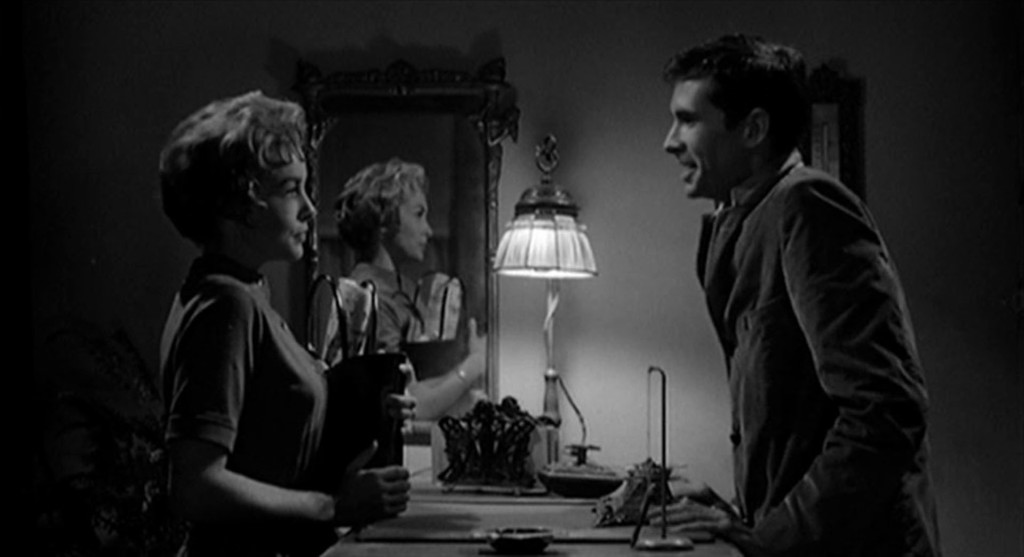
When is a light not THE light? When it’s a light you see on screen of course.
Almost without exception, any time you see a light on screen in a shot, whether it’s a table lamp in a room or a window in the background, it is not actually the light that is illuminating the person in the foreground of the shot.
The light we see on screen is known as the “motivating” or “practical” light and it’s there just to suggest where the light WOULD be coming from in the real world. It’s typically not bright enough to actually do the job of lighting our actor. If it was it would blow out everything else in the scene and be far to bright in our shot.
Instead we use a low wattage bulb and perhaps a dimmer on desk and table lamps and we place neutral density gels or partially closed blinds on windows to reduce the amount of lighting reaching the actor. The “practical” source still looks convincing to the audience, it just isn’t really doing the lighting.
So what is? A move light, typically just out of frame, chosen and positioned to mimic the light that would come from the “practical” source in the real world.
Sneaky, aren’t we?